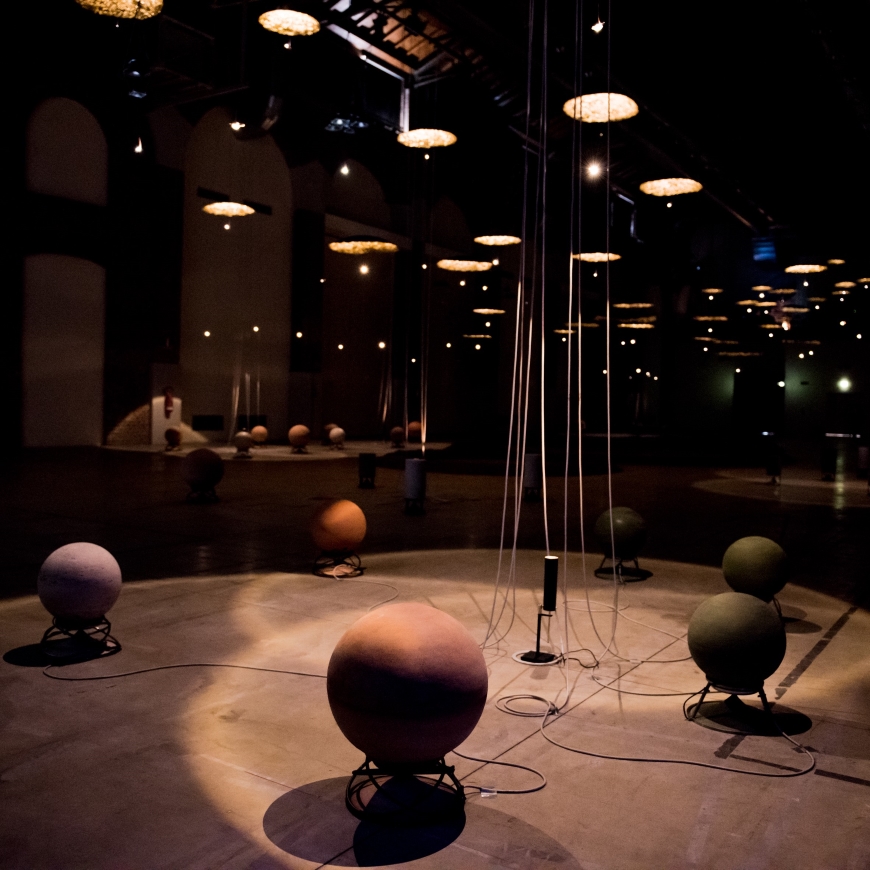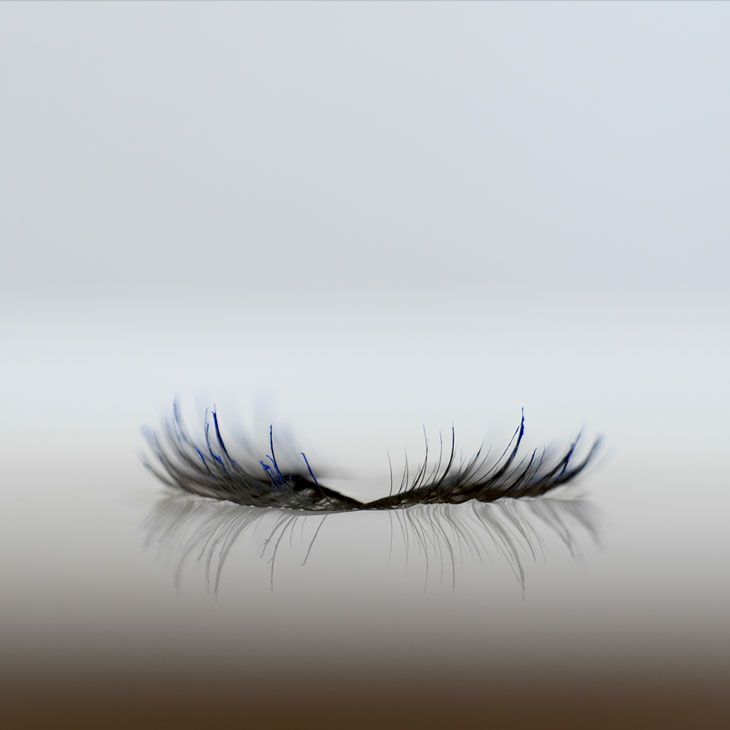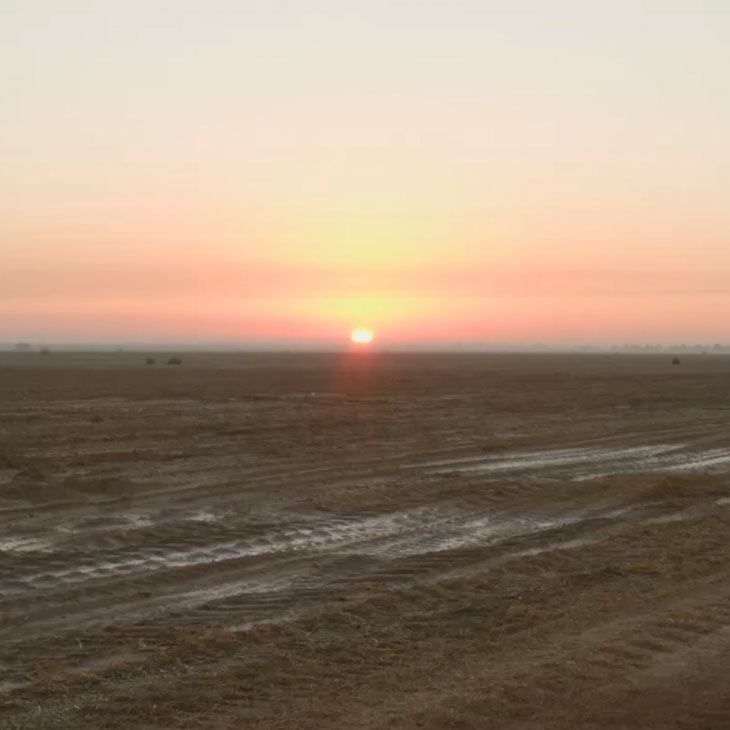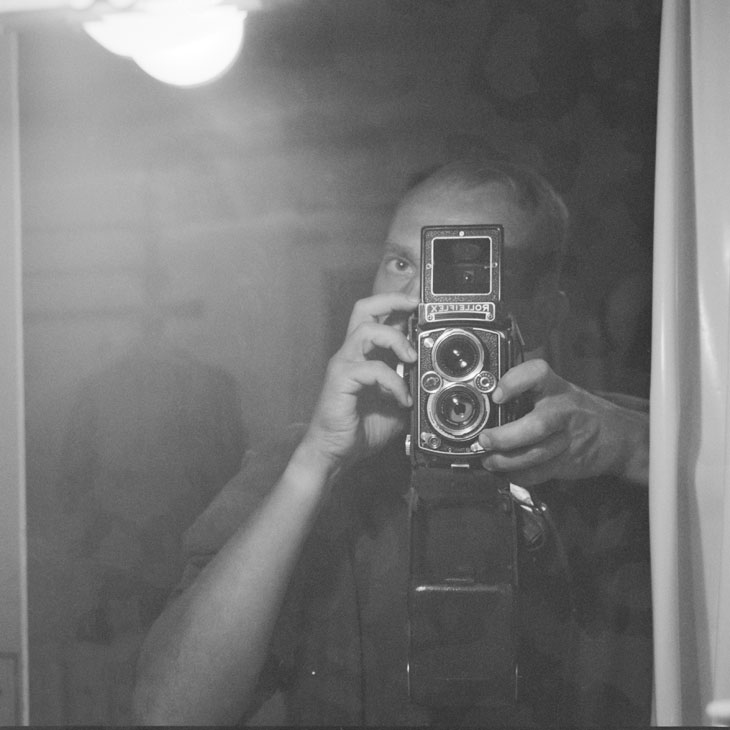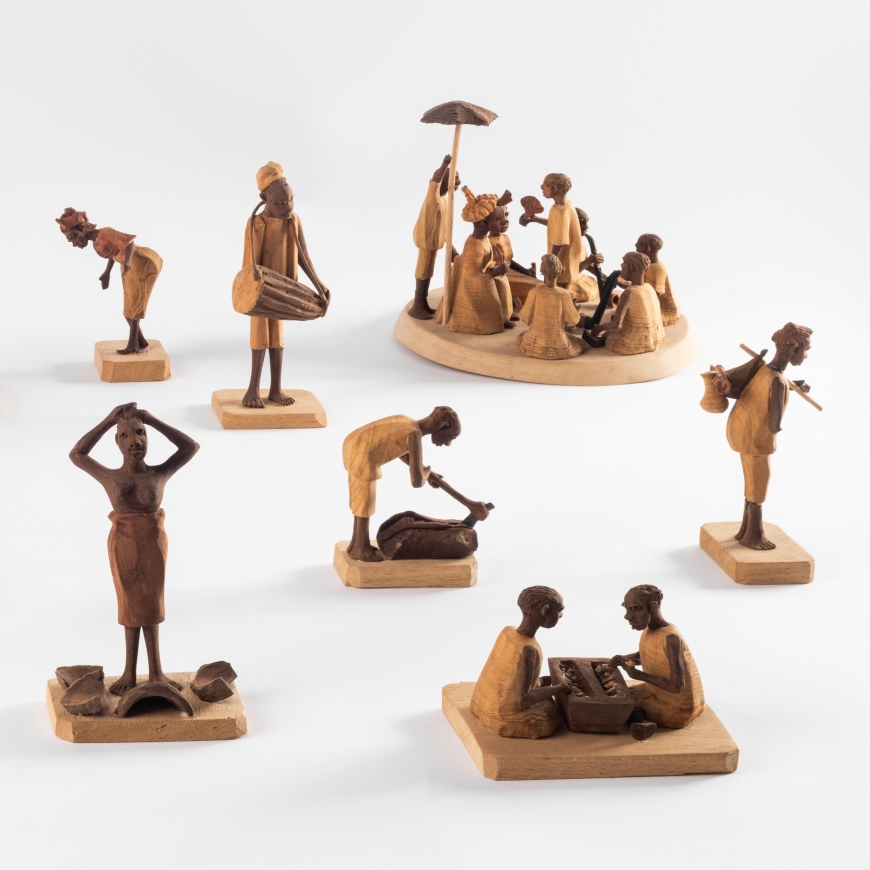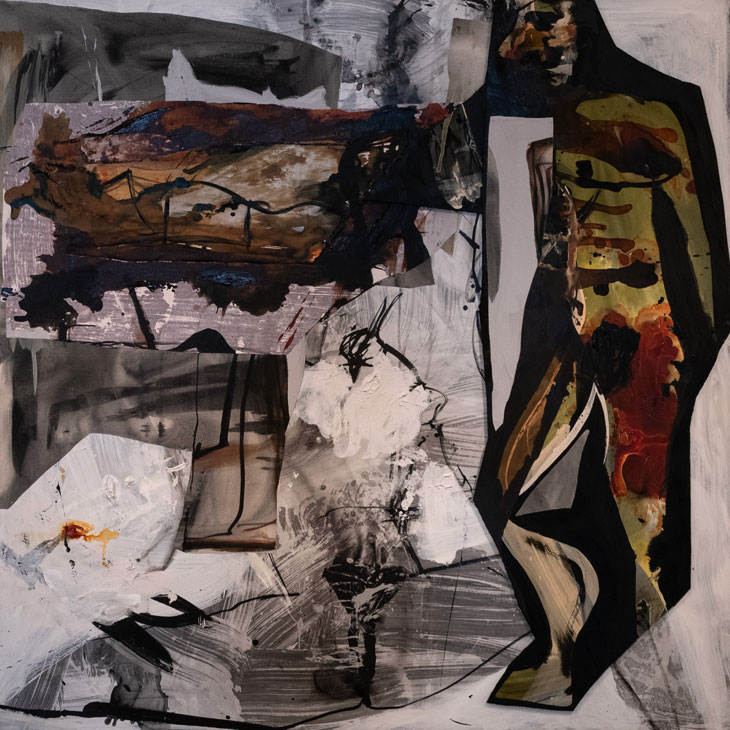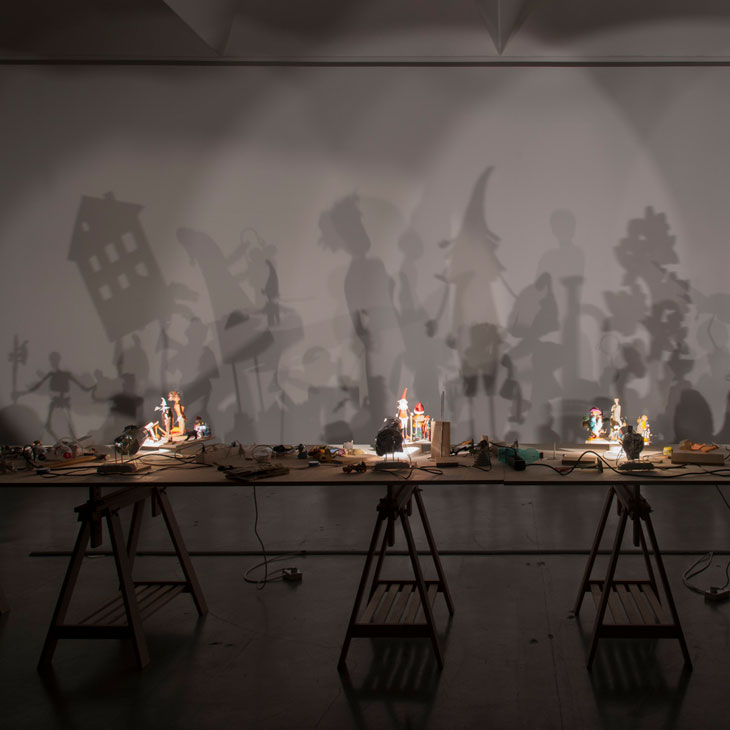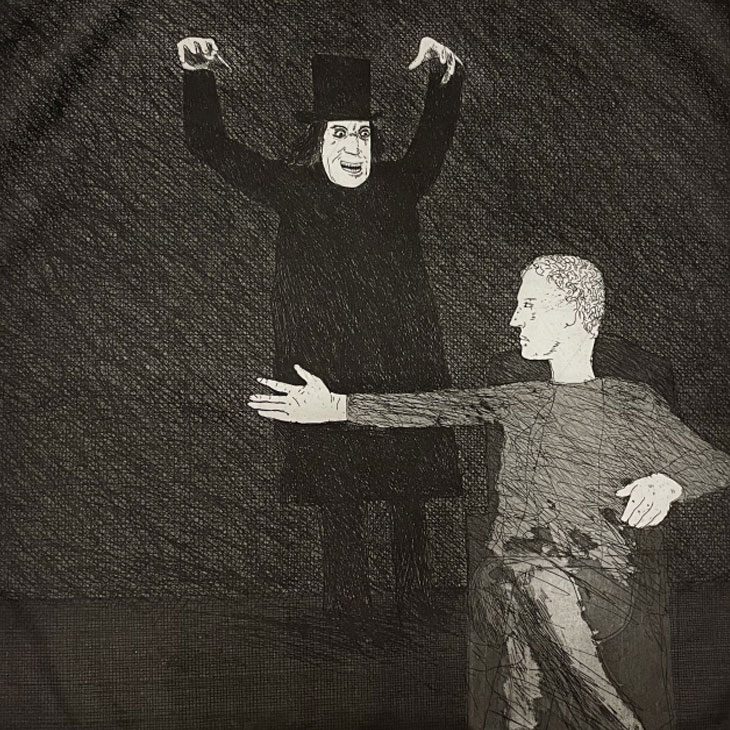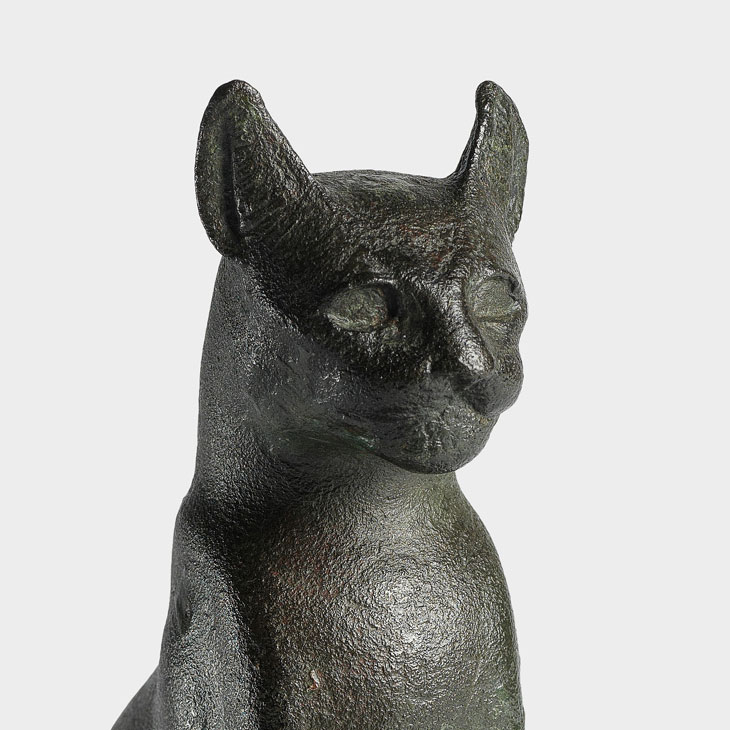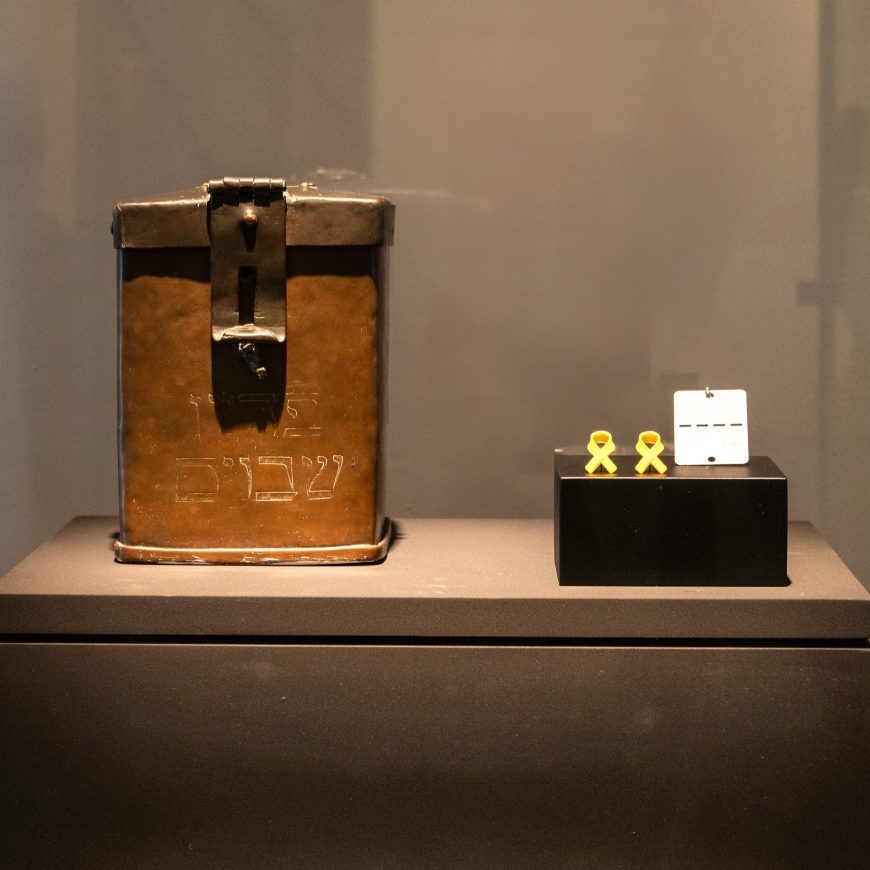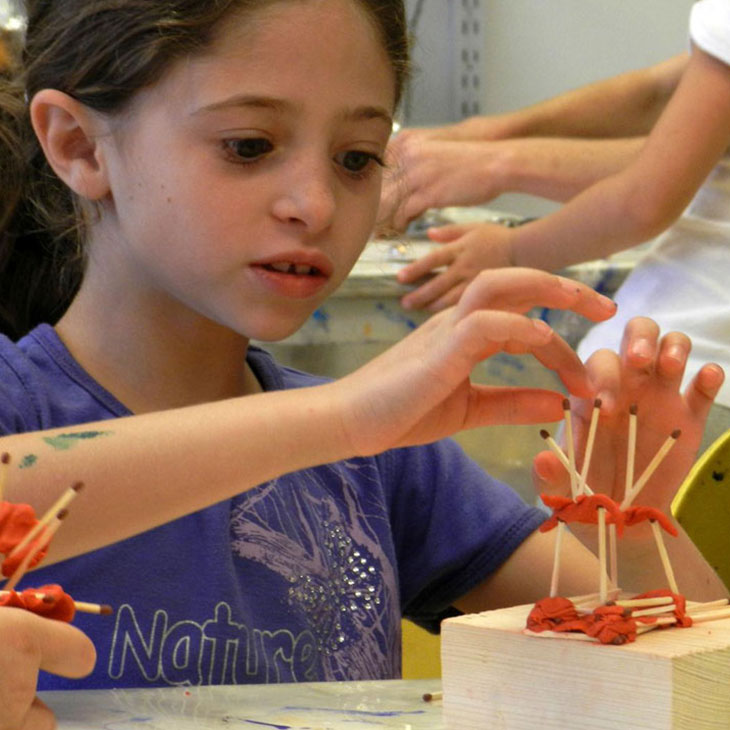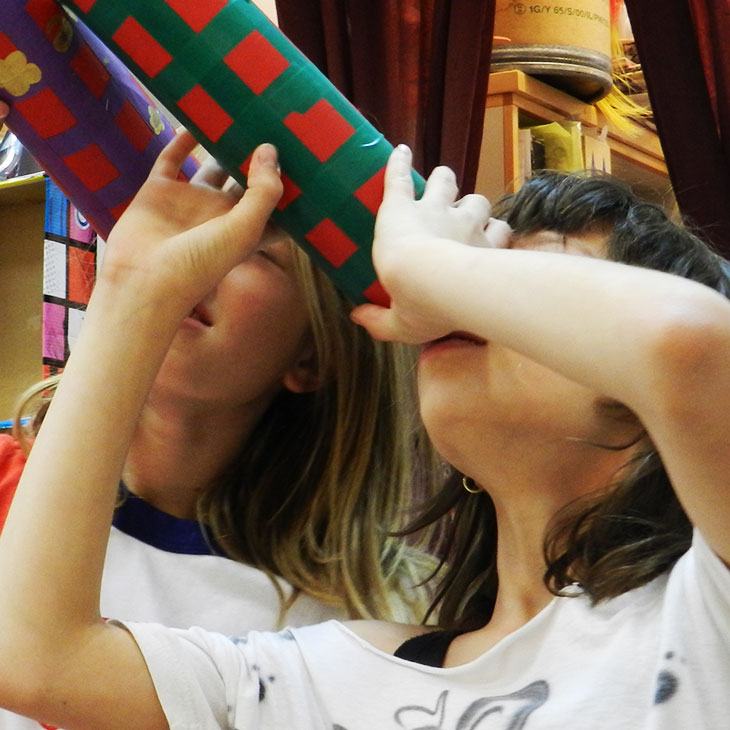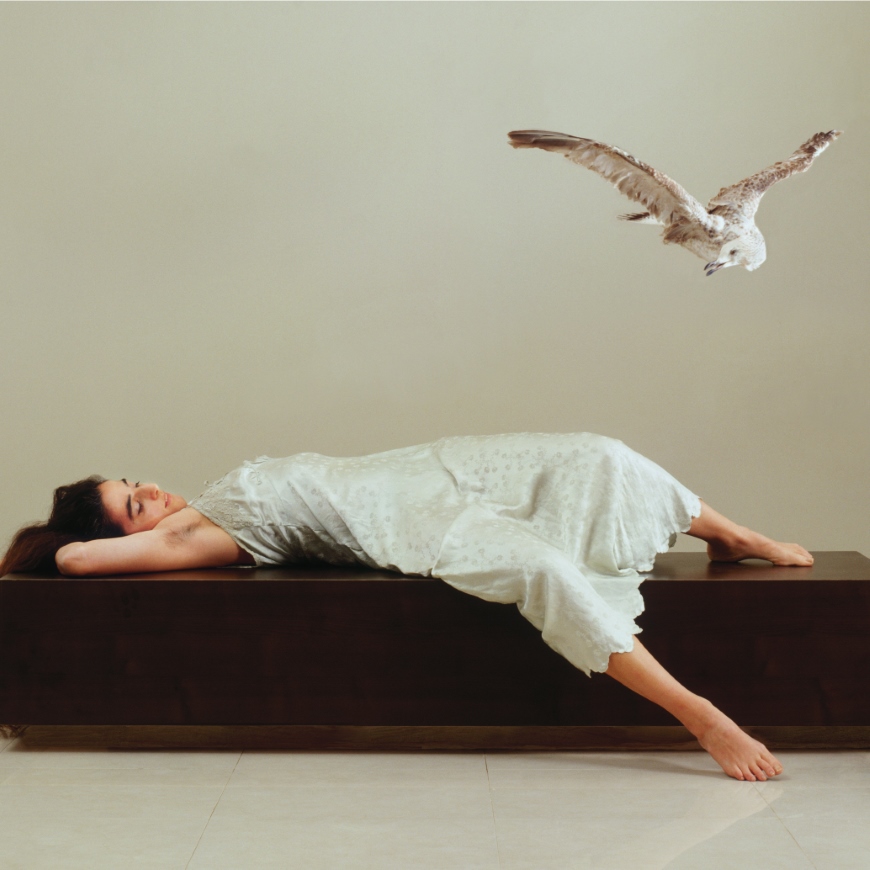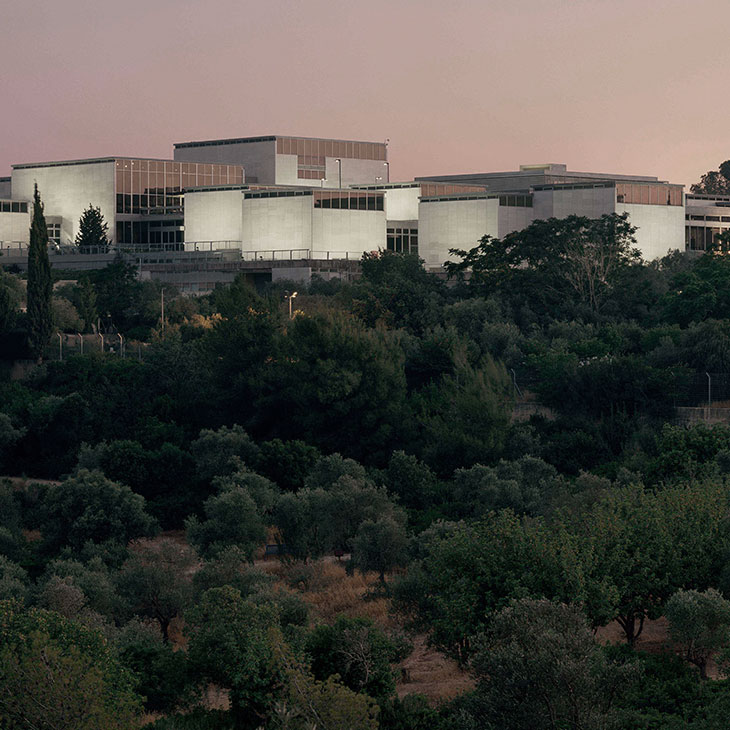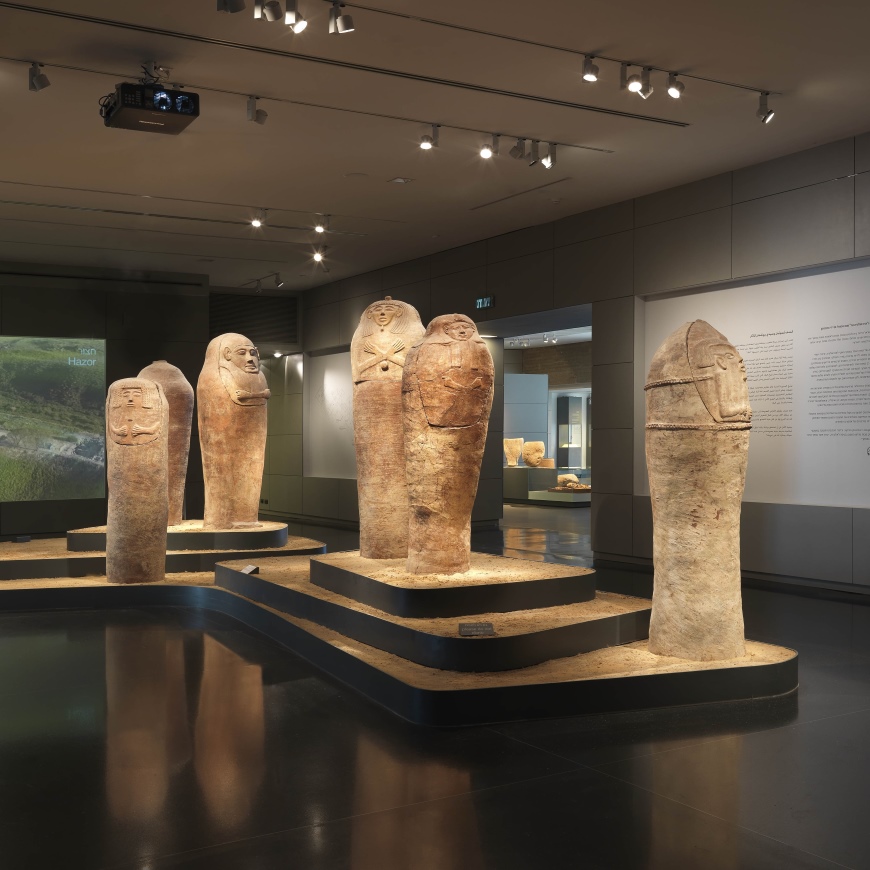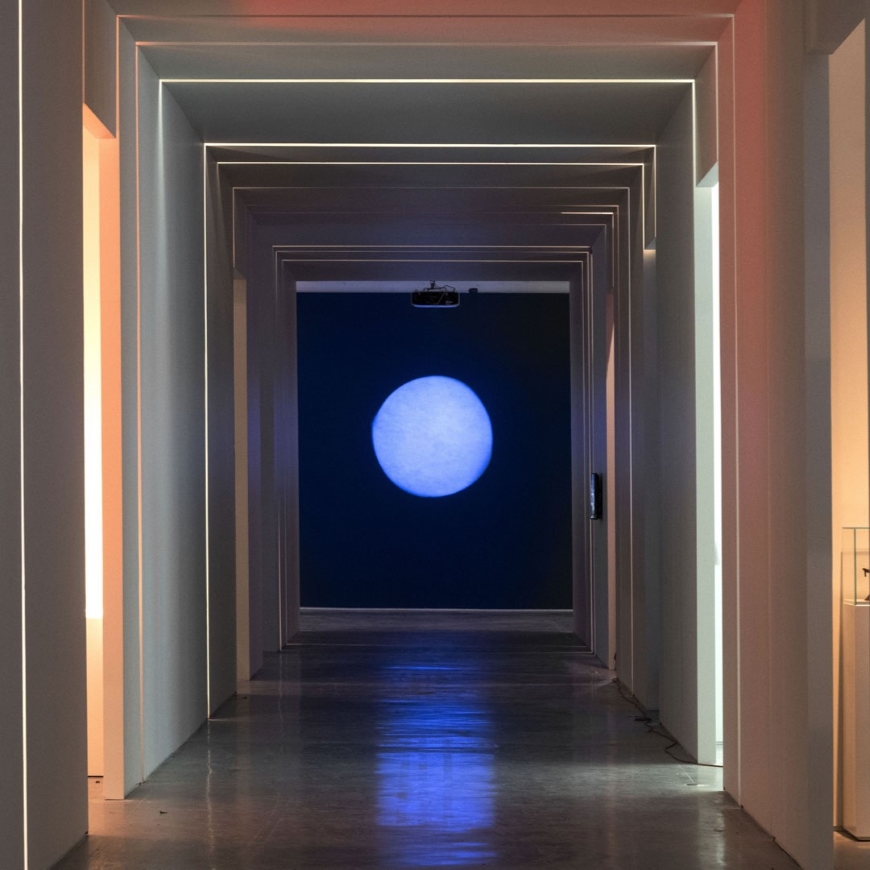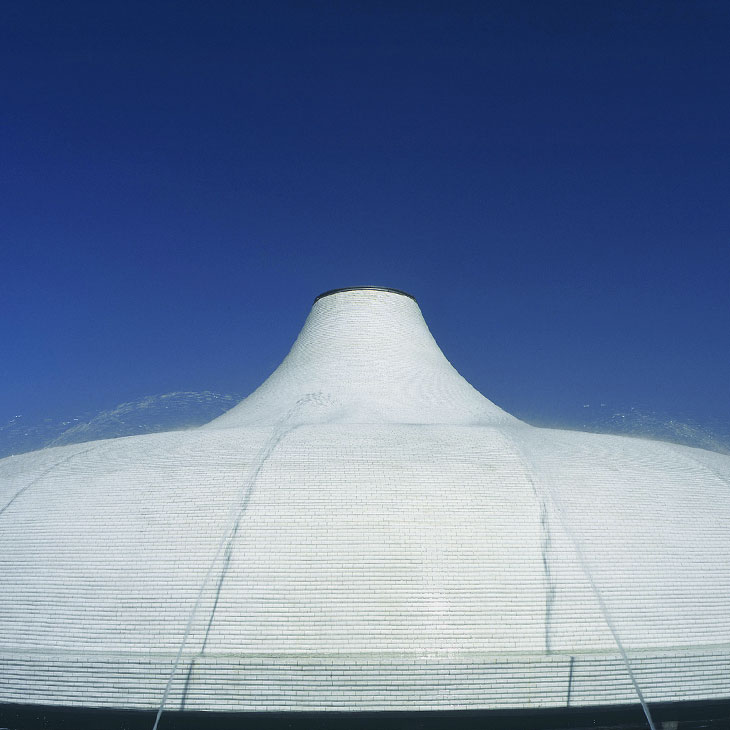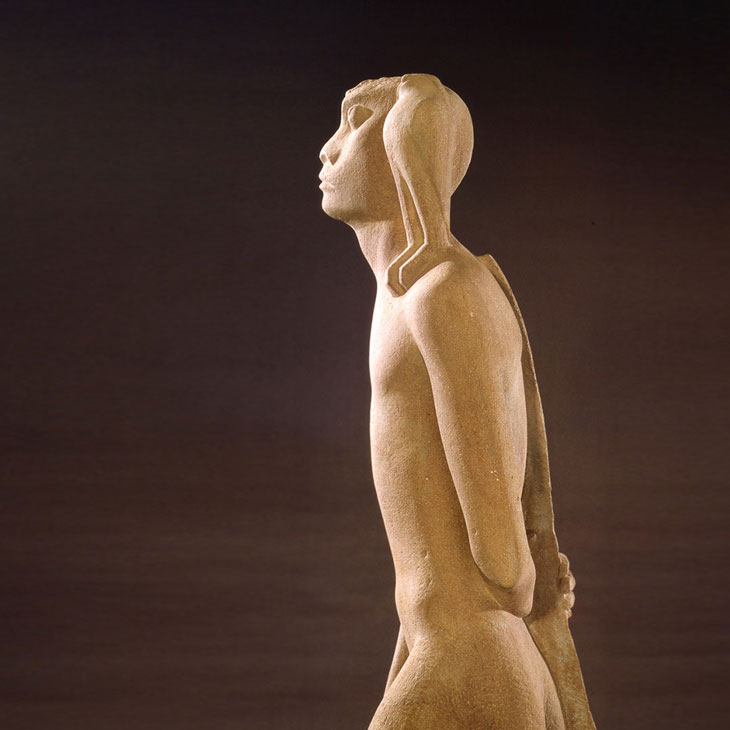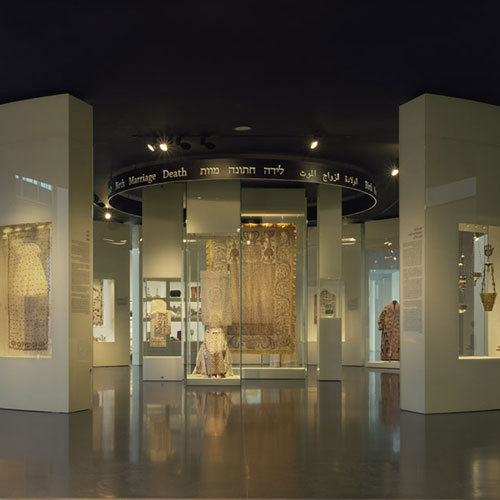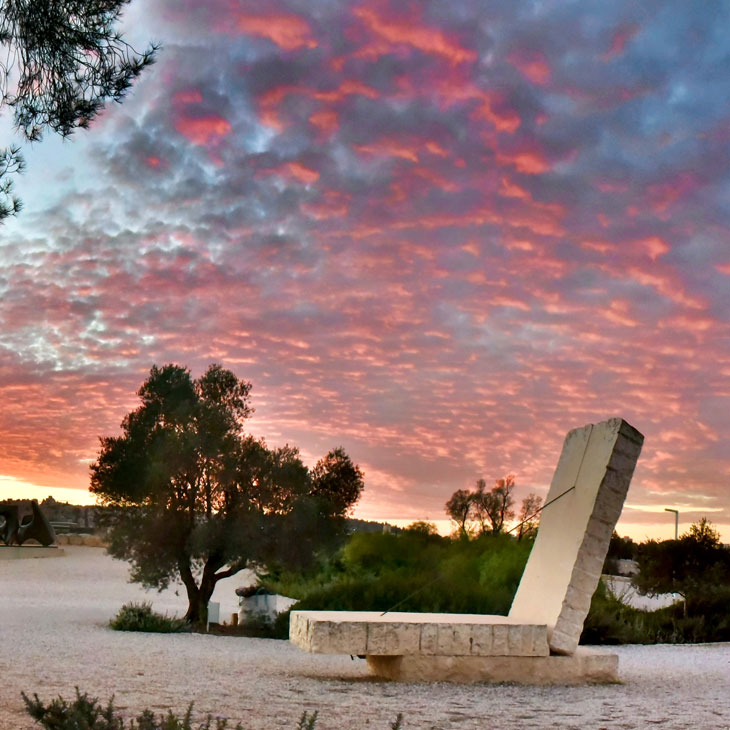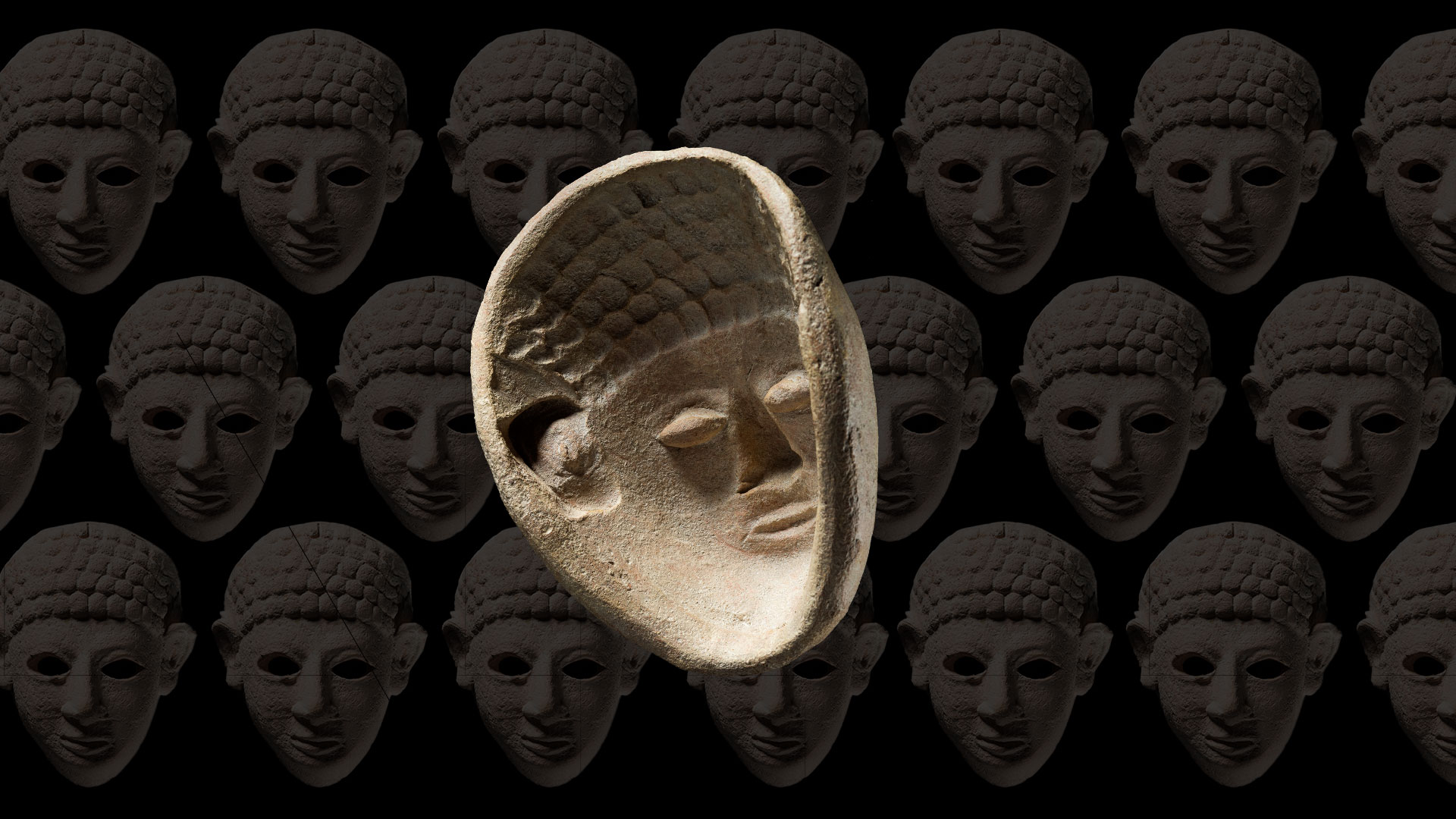
Mask-production
Mold for Making Masks, Special Display
-
February 27 2018 - April 1 2019
Curator: Dr. Eran Arie
-
Masks
This mold, the only one of its kind known to date, was recently discovered on the floor of a cultic building in the Phoenician town of Achzib. It was used for the mass-production of pottery masks depicting male faces. Masks of this type have been found mainly in Phoenician tombs throughout the Mediterranean. Too small to have been worn on the face, they may have been hung on the tomb walls, on wooden statues, or on coffins to drive out demons and evil spirits.
The Special Display includes masks found in graves in Achzib. Almost all were produced in molds like this one.
A modern reconstruction of the process by which Phoenician masks were made using the mold is on exhibit in the gallery. First, wet clay was pressed into the mold, and, after initial drying, the mask was removed. Next, the edges were trimmed and the apertures for the eyes opened with a knife, while suspension holes were created with a thin stick. Finally, the mask was painted black and red and fired in a kiln.
Come and solve a riddle with the whole family about masks!
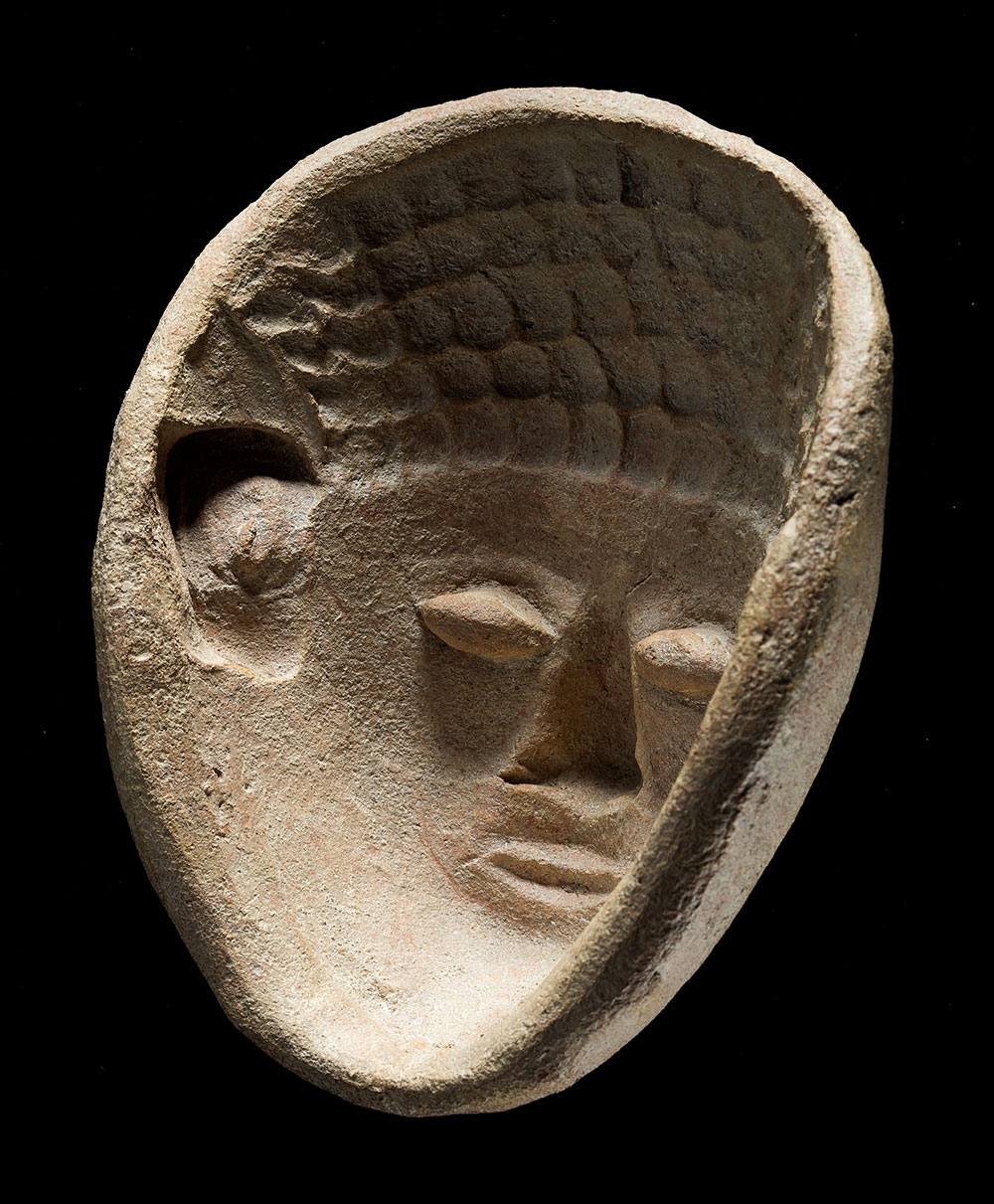
Mold for making male masks, Achzib, 9th century BCE, pottery
Collection of Israel Antiquities Aurhority, Photo © The Israel Museum, Jerusalem, by Elie Posner
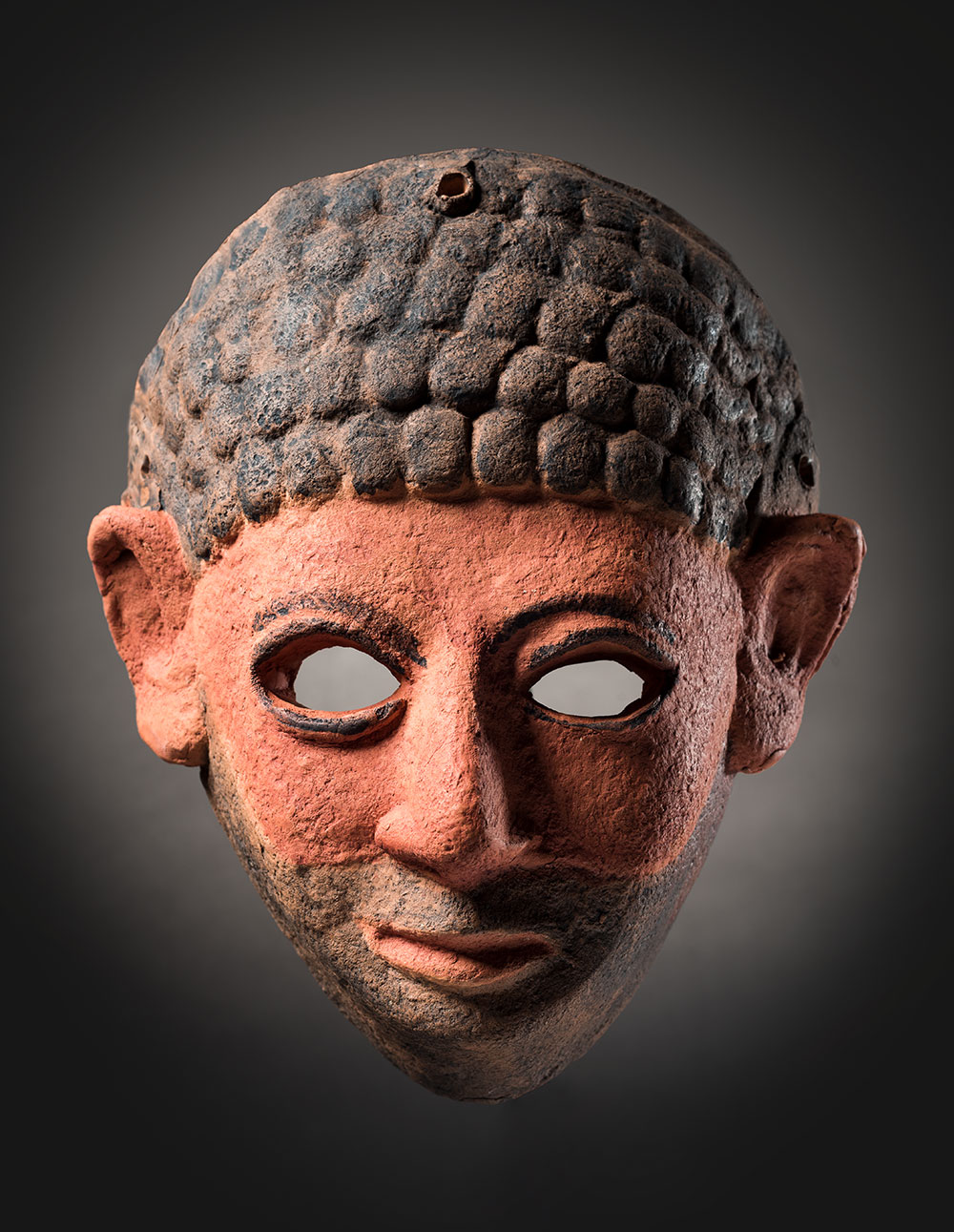
Modern mask made in ancient pottery mold from Achzib, dated 9th century BCE, pottery
Photo © The Israel Museum, Jerusalem, by Elie Posner
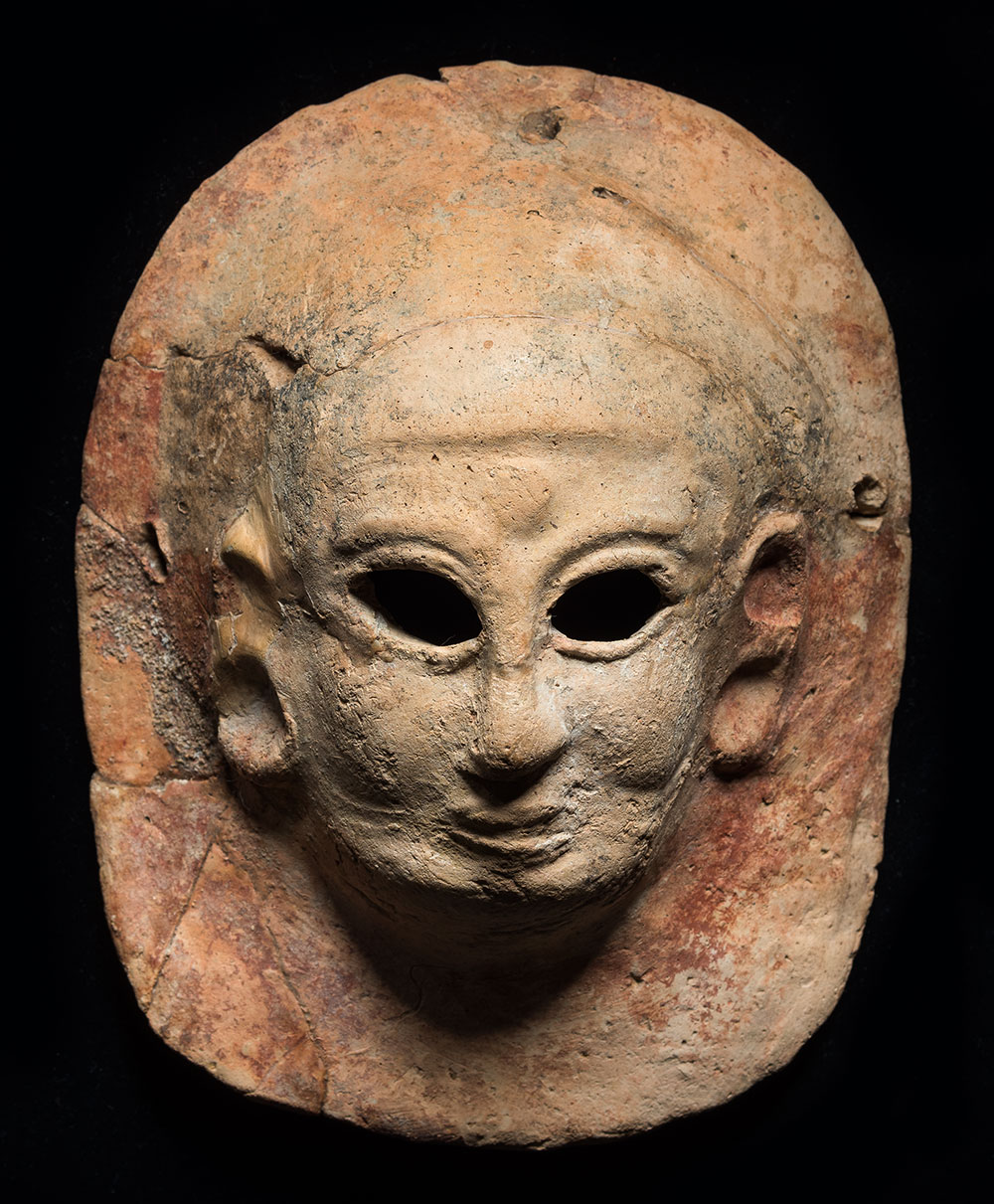
Female mask, Achzib, 8th-6th century BCE, pottery
Collection of Israel Antiquities Aurhority, Photo © The Israel Museum, Jerusalem, by Elie Posner
- May 06May 13May 20May 27
- May 06May 13May 20May 27
- Apr 22May 06
- May 06May 27
- May 06
- May 06
- May 06Jun 10
- May 08May 15May 22May 29
- Apr 21Apr 24Apr 28May 05May 08May 12May 15May 19May 22May 26May 29
- May 08May 15May 15May 22May 29
- May 08May 15May 22May 29
- May 08
- Apr 24May 08May 15May 22May 29
- Apr 21Apr 24Apr 28May 05May 08May 12May 15May 19May 22May 26May 29
- Apr 26May 02May 03May 09May 10May 16May 17May 23May 24May 30May 31
- May 03May 10May 17May 24May 31
- Apr 21Apr 28May 05May 12May 19May 26
- May 05May 12May 19May 26
- May 13May 20May 27
- May 15
